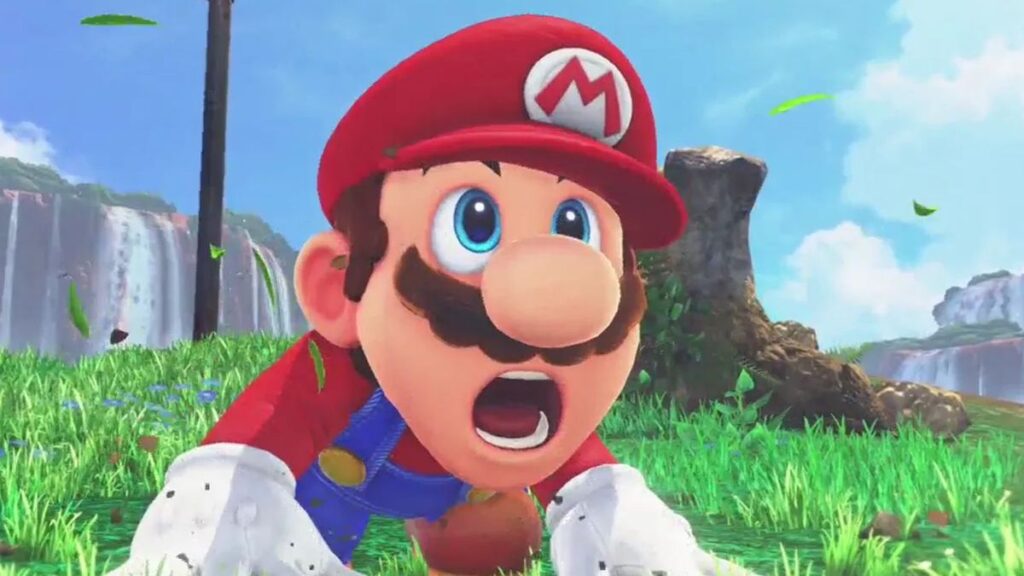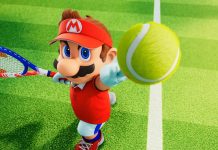Garry’s Mod, the beloved physics sandbox game known for its thriving user-generated content (UGC) scene, is facing a significant shakeup. In a recent announcement on Steam, developer Facepunch Studios confirmed the removal of a vast amount of Nintendo-related workshop items due to copyright takedown notices from Nintendo itself. This decision has ignited discussions within the gaming community, raising questions about intellectual property (IP) rights and the future of UGC in online games.
A Sandbox Built on Community Creativity
Released in 2006, Garry’s Mod quickly captured the hearts of gamers with its unique open-ended gameplay. Built on the Source engine, Garry’s Mod provides players with a vast sandbox environment teeming with objects and tools from popular Valve titles like Half-Life and Team Fortress 2. However, the true magic lies in the game’s robust modding tools and Steam Workshop integration. This allows players to create and share an endless array of custom content, ranging from game modes and maps to character models and props.

The Rise of the Mushroom Kingdom in Garry’s Mod
Over the years, the Garry’s Mod community has embraced various intellectual properties, with Nintendo content holding a prominent place. Players have meticulously recreated iconic locations like Mario’s Mushroom Kingdom and Hyrule from The Legend of Zelda. These creations, often infused with creativity and humor, became a cherished aspect of the Garry’s Mod experience for many players.
The Takedown and Its Fallout
However, Nintendo is notoriously protective of its IP. The recent takedown notices represent a significant blow to the Garry’s Mod community. Facepunch Studios now faces the daunting task of reviewing and removing two decades’ worth of Nintendo-related content from the Steam Workshop. This process highlights the complex relationship between copyright and UGC.
Two Sides of the Coin: Copyright vs. Community
The removal of copyrighted content is understandable. Nintendo, like any intellectual property owner, has the right to protect its creations. Uncontrolled use could lead to brand dilution or the creation of content that goes against Nintendo’s vision for its characters and worlds.
However, the loss of this content is also a significant setback for Garry’s Mod. The Nintendo-themed creations fostered a unique sub-community within the game, and their removal leaves a significant gap. This raises concerns about the potential chilling effect that aggressive copyright enforcement might have on UGC in the future.
A Glimpse into the Future: Finding a Balance
The situation with Garry’s Mod serves as a reminder of the ongoing need to find a balance between protecting intellectual property and allowing for creative expression within online games. Perhaps clearer communication and collaboration between copyright holders and game developers could pave the way for mutually beneficial solutions. This could involve implementing systems for licensing specific assets or establishing guidelines for acceptable use of copyrighted material within UGC.
The Takeaway: A Lesson Learned for the Gaming Community
The Garry’s Mod situation offers a valuable lesson for the gaming community. As UGC continues to play a vital role in online games, it becomes crucial to have open discussions about the boundaries of copyright and how to foster creativity within these spaces. While Nintendo’s actions are understandable, finding a middle ground that respects intellectual property rights while allowing for creative expression will be vital for the continued growth and vibrancy of online gaming communities.
FAQs
Q: Why is Nintendo removing content from Garry’s Mod?
A: Nintendo has issued copyright takedown notices, claiming ownership of the intellectual property used in these creations.
Q: Is it fair for Nintendo to remove this content?
A: As the owner of the intellectual property, Nintendo has the legal right to protect its creations. However, the removal also represents a loss for the Garry’s Mod community.
Q: What does this mean for the future of UGC in games?
A: This incident highlights the need for clearer guidelines and communication between copyright holders and game developers regarding UGC.




